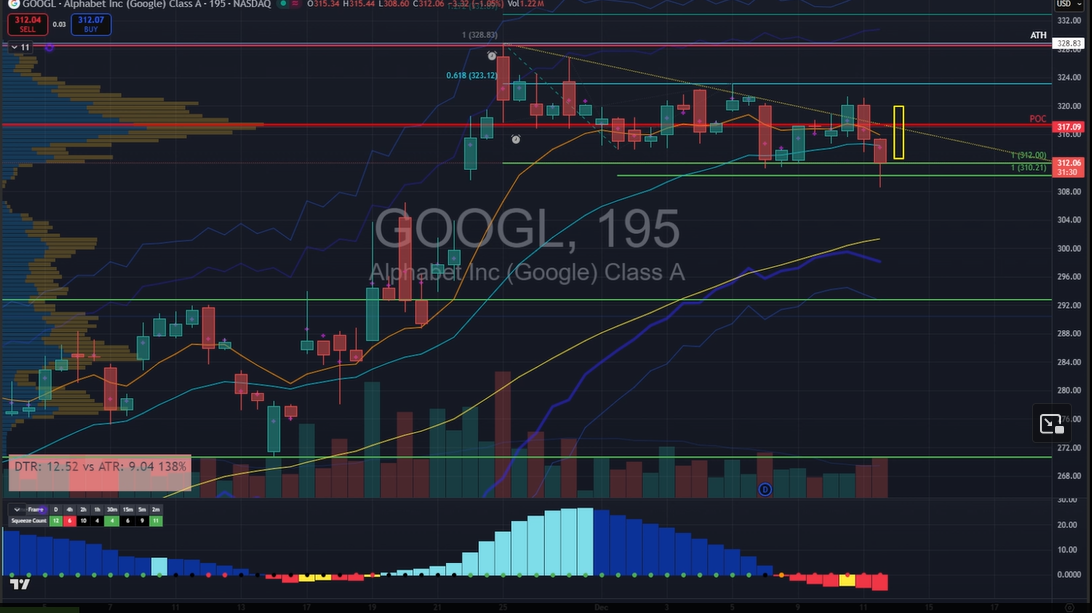How Smart Sizing Can Multiply Profits and Minimize Losses
Options trading offers a powerful leverage that can multiply your profits – or your losses.
It’s a high-stakes game where a small bet can lead to big wins, but one misstep can have devastating consequences.
That’s why position sizing is so critical.
It’s not just about how many contracts you buy- it’s about staying in the game long-term. Without it, you’re walking a tightrope without a net.
So how do you balance the allure of massive gains with the risk of devastating losses?
Let’s dive in and explore how to size your options trades for sustainable success.
The Options Balancing Act
Options trading is a delicate dance of leverage, time decay, and volatility. Unlike stocks, where your potential loss is typically limited to your initial investment, options can expire worthless, leaving you with a 100% loss.
On the flip side, they offer the potential for exponential gains. This double-edged sword makes position sizing in options trading not just important, but critical.
Account-Relative Sizing: The Foundation
The cornerstone of options position sizing is determining what percentage of your total trading capital you’re willing to risk on each trade.
A common rule of thumb is 1-2% per trade.
For instance, if you have a $50,000 account and you’re comfortable risking 2%, that’s $1,000 per trade. This approach ensures that no single trade can significantly damage your overall portfolio.
Premium-Based Sizing: The Price Factor
The price of an options contract (the premium) directly impacts how many contracts you can purchase.
If you’re allocating $1,000 per trade and an options contract costs $2, you could theoretically buy 5 contracts. However, this simplistic approach doesn’t account for other crucial factors.
Liquidity: The Often Overlooked Element
Just because you can buy 5 contracts doesn’t mean you should. Consider the liquidity of the option.
Can you easily exit the position if needed?
Look at the bid-ask spread and open interest.
A general rule: don’t take a position larger than 10% of the open interest to ensure you can exit your position without significantly moving the market.
Delta-Adjusted Sizing: Sensitivity Matters
Options’ delta measures their sensitivity to price changes in the underlying asset. A higher delta option (closer to 1 or -1) will move more in line with the stock price.
You might need fewer high-delta contracts to achieve the same exposure as more low-delta contracts.
This consideration allows for more nuanced position sizing based on the option’s characteristics.
Time Decay: The Ticking Clock
Remember, options are wasting assets. The closer you get to expiration, the faster time decay accelerates. This might influence you to take smaller positions in near-term options compared to longer-dated ones.
Factoring in time decay when sizing your positions can help mitigate the erosion of your investment over time.
Volatility Awareness: The Price Amplifier
Implied volatility affects option prices. During high volatility periods, options become more expensive.
You might need to adjust your position size down when volatility (and thus, option premiums) is high. This adjustment helps maintain consistent risk levels across different market conditions.
Risk Management Integration: The Safety Net
Always have an exit strategy. Whether it’s a stop-loss based on the underlying asset’s price or a specific loss percentage on the option itself, know your risk tolerance and size your position accordingly.
This integration of risk management into your position sizing strategy is crucial for long-term survival in options trading.
The 1% Rule: A Practical Application
Let’s put this into practice with the “1% rule.” This states that you should never risk more than 1% of your account on a single trade. For an account size of $100,000, this means risking $1,000 per trade.
If an option premium is $0.20 per contract, your maximum position size would be 50 contracts. However, remember to consider liquidity. If the open interest is only 200 contracts, you’d want to limit your position to about 20 contracts (10% of open interest).
The Power of Scaling
Consider scaling into positions. Instead of immediately taking your full intended position, start with a portion.
This allows you to average in at different prices and reduces the impact of poor timing. Scaling can be an effective way to manage risk while still capitalizing on potential opportunities.
![]()
YOUR ACTION PLAN
Here’s a quick recap of the smart options sizing steps…
- Risk Tolerance: Set your per-trade risk at 1-2% of total trading capital.
- 1% Rule: Never risk more than 1% of your account on a single trade.
- Contract Calculation: Divide risk amount by option premium to determine contract numbers.
- Liquidity Check: Limit position to 10% of the option’s open interest.
- Delta Consideration: Adjust contract numbers based on option delta for consistent exposure.
- Time Decay Strategy: Take smaller positions in near-term options to mitigate decay risk.
- Volatility Assessment: Reduce position size during high volatility periods.
- Risk Management: Set clear exit strategies and stop-losses for each trade.
- Scaling Approach: Start with a partial position and scale over time.
We just cashed in on multiple winning options trades in URBN, DXCM, and ZIM.
The War Room members reported lightning-fast gains of up to 30% overnight!
But we’re not resting on our laurels. This week’s lineup is packed with potential:
- Nvidia’s highly anticipated earnings report
- Critical economic data releases: Consumer Confidence, GDP, and Jobless Claims
These market-moving events are prime hunting grounds for savvy options traders.
Want to see how we leverage these catalysts for potential profits?
Get a front-row seat to our proven options trading strategy.
Click here to join The War Room now and don’t miss another opportunity!
More from Trade of the Day
Use This Trading Strategy in an Expensive Market
Jan 7, 2026
Jan 5, 2026
2025 Year-End Review: Why Pop Stocks Keep Delivering
Dec 31, 2025


























